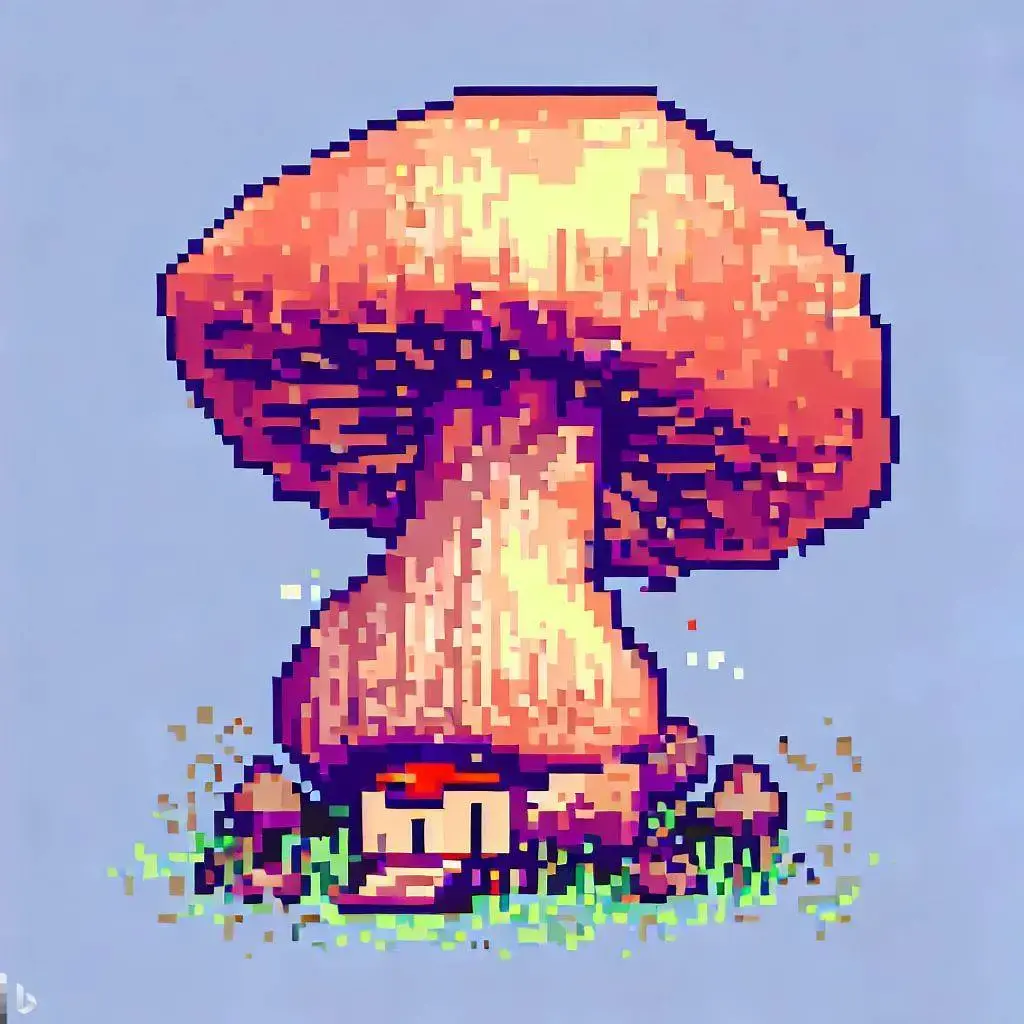“Our primary conclusion across all scenarios is that without enough fresh real data in each generation of an autophagous loop, future generative models are doomed to have their quality (precision) or diversity (recall) progressively decrease,” they added. “We term this condition Model Autophagy Disorder (MAD).”
Interestingly, this might be a more challenging problem as we increase the use of generative AI models online.



Even if we look at other animals, when they learn by observing other members of their own species, they get more competent rather than less. So AIs are literally the only thing that get worse when trained on their own kind, rather than better. It’s hard to argue they’re intelligent if the answer to “does it work the same as any other lifeform that we know of?” is “no”.
Are there any animals that only learn by observing the outputs of members of their own species? Or is it a mixture of that and a whole bunch of their own experiences with the outside world?
Humans (and animals) learn through a combination of their own experiences and observing the experiences of others. But this actually proves my point: if you feed an AI its own experiences (content it has created in response to prompts) and the experiences of other AIs (content they have produced in response to prompts), it cycles itself into oblivion. This is ultimately because it cannot create anything new.
This is why Model Autophagy Disease occurs, I think. Humans, when put in repetitive scenarios, will actively work to create new stimuli to respond to. This varies from livening up a boring day by doing something ridiculous, to hallucinating when kept in extreme sensory deprivation. The human mind’s defence against repetitive stimuli is to literally create something new. But the AI’s can’t do that. They literally can’t. They can’t create anything that doesn’t have a basis in their training data, and when exposed only to iterations of their own training data (which is ultimately what all AI-generated content is: iterations of the training data), there is no process that allows them to break out of that repetitive cycle. They end up just spiralling inwards.
From a certain perspective, AI’s are therefore essentially parasites. They cannot progress without sucking in more human-generated content. They aren’t self-sustaining on their own, because they literally cannot create the new ideas needed to prevent degradation of their own data sets.
From your other comments here, it seems like you’re imagining a fully conscious mind sitting alone in a box, with nothing to react to. But that’s not the case: AIs aren’t sapient, going mad from a lack of stimulation. They are completely dormant until prompted to do something, and then they create an output that is statistically likely from the data set they’ve been trained on. If you add no new data, the AI doesn’t change. It doesn’t seek new stimuli. It doesn’t create new ideas while waiting for someone to prompt it. The only way it can change and create anything new is if it’s given more human-generated content to work with. If you give it content from other AI’s, that alters the statistical probabilities behind its output. If the AIs were actually conscious minds sitting alone in boxes, then exposing them to content created by other AIs would, in fact, be new stimuli that could generate new ideas, in the same way that a lonely human meeting another lonely human would quickly strike up a conversation and get all kinds of ideas.
You’re caught up in an idea that has been going around since long before any AI systems had been built
Humans rarely, if ever, produce something new. We stumble upon a concept or apply one idea to another thing
Neural networks are carefully distilled entropy. They have no subjective biases and no foundation - they’re so good at being original that they default to things useless to humans.
I like to think of training like a mold, or a filter. You only want things in the right shape to come through - the more you train, the more everything coming through looks the same.
I mean, it’s always a mixture but yes, animals can learn new behaviours purely by watching (corvids and monkeys for example).
“It’s always a mixture” is the key part, though. We haven’t run an experiment like this on a human or animal (and even if it were practical to do so it’d probably be horribly abusive).